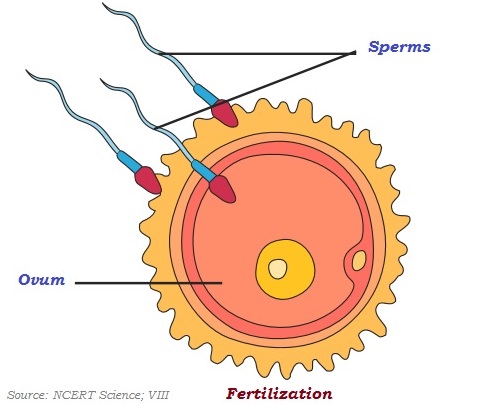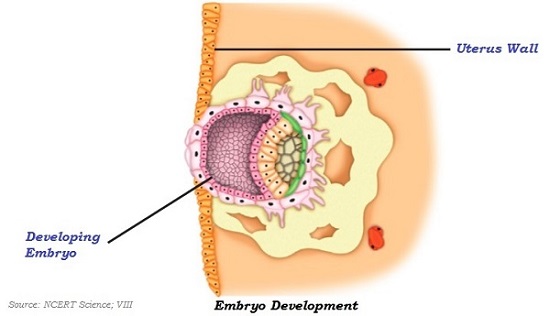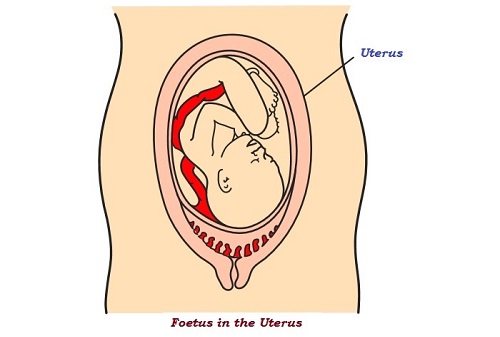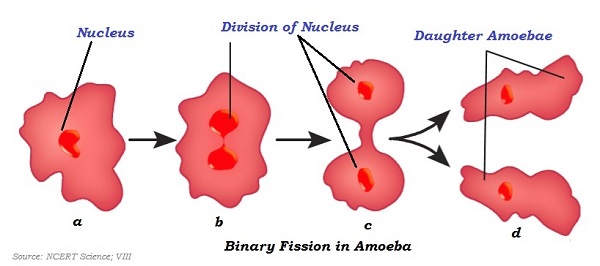
- Biology - Home
- Biology - Structure and Functions
- The Fundamental Unit of Life
- Biology - Tissues
- Biology - Animal Tissue
- Diversity in Living Organisms
- Biology - Plantae Kingdom
- Biology - Animalia Kingdom
- Biology - Vertebrata
- Biology - Transportation in Humans
- Biology - Transportation in Plants
- Biology - Excretion
- Biology - Control and Coordination
- Biology - Hormones in Animal
- How do Organisms Reproduce?
- Biology - Sexual Reproduction
- Biology - Reproduction in Animals
- Reaching the Age of Adolescence
- Biology - Heredity and Evolution
- Biology - Life Processes
- Biology - Respiration
- Microorganisms: Friend and Foe
- Biology - Why do We Fall Ill
- Biology - Natural Resources
- Biology - Our Environment
- Conservation of Plants and Animals
Biology - Reproduction in Animals
Introduction
Reproduction is the most essential for the continuation of a species.
Reproduction ensures the continuation of similar kinds of species, generation after generation.
Modes of Reproduction
-
Following are the two modes of reproduction −
Sexual reproduction
Asexual reproduction
Let us discuss each one separately −
Sexual Reproduction
In animals, males and females have different reproductive organs.
The reproductive parts in animals produce gametes that fuse and form a zygote.
The zygote develops into a new similar species.
The type of reproduction through the fusion of male and female gametes is known as sexual reproduction.
The male gametes, produced by testes, are known as sperms.
The female gametes, produced by ovary, are known as ova (or eggs).
In the process of reproduction, the first step is the fusion of a sperm and an ovum (egg).

Fusion of the egg and the sperm is known as fertilization (as shown in the above image).
During the fertilization, the nuclei of the sperm and the egg fuse together and form a single nucleus that result into the formation of a fertilized egg also known as zygote (shown in the image given below).

The zygote further divides repeatedly to give rise to a ball of cells that begin to form groups. The groups develop into different tissues and organs constituting a full body. In the process, the developing structure is known as an embryo (shown in the image given below).

The embryo continues to develop in the uterus and develops body parts such as head, face, ear, eyes, nose, hands, legs, toes, etc.
The stage of the embryo in which different parts of the body develop and can be identified is known as foetus (shown in the image given below).

In a defined period of time, when the development of the foetus is complete, the mother gives birth to the baby.
The animal which gives birth to young ones is known as viviparous animal. E.g. Human, cow, dogs, etc.
The organism that lays eggs is known as oviparous animal. E.g. all birds (except bats), lizard, etc.
Asexual Reproduction
The type of reproduction in which only a single parent, gets divided into two new offspring, is known as asexual reproduction. E.g. Hydra and Amoeba.
In hydra, the individuals develop from the buds; therefore, this type of asexual reproduction is known as budding (shown in the image given below).

In amoeba, nucleus gets divided into two nuclei; therefore, such kind of asexual reproduction is known as binary fission.

Cloning
Cloning is the modern science technique to produce an exact copy of a cell, any other living part, or a complete organism.
For the first time, cloning of an animal was successfully performed by Ian Wilmut and his colleagues at the Roslin Institute in Edinburgh, Scotland.
In 1996, they cloned successfully a sheep and named that Dolly.
